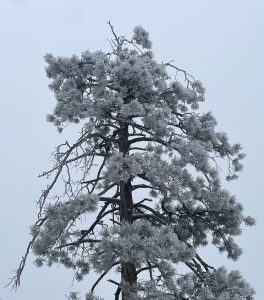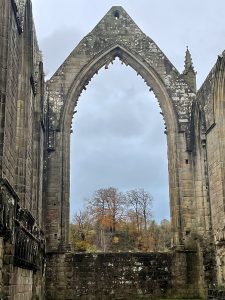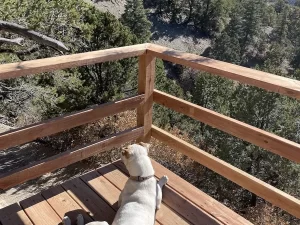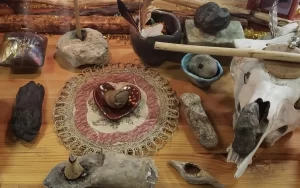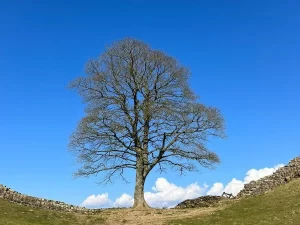During all this sadness, anger, confusion and intensity that we are experiencing in the world at the moment, it is more and more evident that ancestral healing can play an important role towards the shift we are looking for in the world today. Ancestral healing transforms our current traumas. Events over the past year, including the awareness of systemic racism including the killing of George Floyd and many others, the suffering and exploitation of the COVID pandemic, the current impact climate change, including massive fires and extreme weather can make us feel traumatized and overwhelmed. But this is also an invitation to face the traumas and transform them and heal our lineages.
We are being called to look deeply at our prejudices and the inequalities in this world we call ‘civilized’. Many people don’t have a strong enough sense of belonging to be able to truly and healthily love and know themselves let alone show love and understanding to others. The divides continue to widen in a world that due to technology seems to be getting smaller.
Instead of feeling the solid, loving guidance of the ancestors flowing through the bloodlines and bringing life to their cells, many people are instead experiencing the unresolved traumas of their lineages. It’s as if they are standing on sinking sand rather than a deep network of strong roots. The sinking sand isn’t just the traumas passed down from victims of colonization, victims of war, victims of deplacement, victims of abuse. It is also the traumas from the perpetrators of colonization, war, displacement and abuse. We all have different stories. We are all standing on different ‘soil types’. It isn’t so much which trauma or side of the trauma your ancestors come from that is important, it’s how you unravel and transform the stories that keep being repeated and echoing through your lines.
There is a backlog of unintegrated ancestral trauma in our lineages, because we no longer honor and connect with our ancestors. Ancestral connection existed in every civilization and culture before religion. It was an integral part of all human life. With the development and domination of organized religion, ancestral veneration declined. We had to worship God, not our people.
When ancestors were revered and a conscious part of everyone’s psyche, effortlessly, we beheld them, acknowledged them, loved them. By beholding them, they could do their work on the other side of the veil, repatriating the dead, bringing them into the ancestral clan where their traumas could be integrated and they would in turn become ‘ancestors’.
In the same way we have cut ourselves off from nature and are destroying it, we have cut ourselves off from our ancestors. This is catastrophic on an individual and collective level.
We cannot hope to make a better world for our children if the traumas of the past are still rippling through each generation individually and collectively. We need to do the inner work of re-aligning and reconnecting with our ancients, re-igniting the spark of belonging in our cells.
We are not isolated humans in isolated lives, we are part of a larger picture. That larger picture consists of our own individual family trees and their place within a community and a larger collective.
The more we collectively become aware of the need to rethink our way of being in the world and where we are heading, the more it becomes apparent that in order to heal the future, we need to heal the past. As we work to transform our personal traumas, these transformations echo out into our families and communities.
The feelings of loss, despair, shame, guilt and victimhood that are rife and intensifying in our communities at the moment are emotions that are often related to historic and transgenerational traumas. Maybe the inability to find solutions and move forward more harmoniously together in this world lies in the fact that we are looking in the wrong direction. Maybe in order to move forward outwardly and globally, we need to do the work within and individually? We need to find ‘right relationship’ with ourselves and where we come from.
By healing our individual stories, we heal communities and whole cultures.
Working seriously on transgenerational trauma involves dedication and hard work. The aim in identifying, transforming and integrating these passed-down traumas is that they stop being hard-wired. Defensive patterns can become food for growth and healing. As they become conscious and a narrative is formed, we can stop hurting ourselves and others by unconsciously reproducing them.
Where are you in your journey of ancestral healing? What are the challenges that you need to work on?
Below is a simple outline of some of the major stages we go through in an ancestral healing journey.
- Confronting the trauma – this is the doorway to the journey. Finally realizing that the difficulties you are constantly confronting in your life may not be yours, but something you are carrying for one or more ancestors. Ruh khus can be a really good essential oil to create a warm and nurturing groundedness when someone is starting to work on the connection between their difficulties and transgenerational trauma. It is important to feel earthed, safe and embodied in order to be able to be mindful of what comes up. The physical body holds a lot of information in its cells, known as cellular memory. The more we inhabit our bodies during this work and the safer we feel, the more those cellular memories can rise to the surface.
- Understanding the trauma – looking for patterns, family systems, threads that link to past generations. Remember to look for links between your individual trauma, your family trauma and stories of collective trauma. This enriches our strategies for resolving these conflicts and systems. Labdanum, the ‘Master of the Shadow’ is an excellent ally when doing this work. It helps us to discover hidden, unknown aspects of ourselves. We use it intensively when working on transgenerational trauma and healing. It enables us to really tap into our intuitive skills and touch on information tucked deeply into our cellular memory. There is a clairvoyant side to it. It shows us what we need to know in order to move forward. It is forthright and active. It does not beat about the bush, rather it goes directly to what needs to be revealed. It’s a master at revealing family secrets.
- Feeling and releasing the pain of historical trauma – ‘To feel is to heal.’ Feeling the trauma we are carrying from our ancestral stories is being responsible. It may be painful, but it is by stepping through our own pain that we are able to have compassion for others. If we resist it, ignore it, continue to look outwards, we unconsciously project it onto others and see them as ‘the enemy’. The beautiful and powerful Immortelle also known as Everlasting or Helichrysum, helps us transform the wounds that come through from our ancestral stories. Helichrysum is the balm that soothes the pain of the unconscious forces as they come into the light and touch our souls. Its wound healing properties bring disconnected parts of ourselves back together to be held at a central point of alignment. This is ideal when identifying and incorporating transgenerational trauma. Helichrysum helps us clear the fears that act as blockages to feeling and opening to the whole of ourselves.
- Connecting with and beholding healthy ancestors (ancestral clan) so they may repatriate the wounded ancestors (ghosts) back into the ancestral clan.Going beyond the trauma and integrating the narrative. The trauma becomes your gift. Your strength is in the integration of your unique narrative. Marigold essential oil helps us connect with our ancestors.
If you don’t know how to move forward and are feeling powerless and impotent faced with today’s world, maybe the solution lies in healing your ancestral traumas. Consider an individual consultation with us or our next in-depth mentorship.
share this blog:
Recent Posts
Archives
- December 2023
- November 2023
- September 2022
- July 2022
- September 2021
- August 2021
- July 2021
- June 2021
- April 2021
- March 2021
- February 2021
- January 2021
- November 2020
- October 2020
- August 2020
- July 2020
- June 2020
- May 2020
- April 2020
- March 2020
- February 2020
- October 2019
- September 2019
- July 2019
- May 2019
- March 2019
- September 2018

